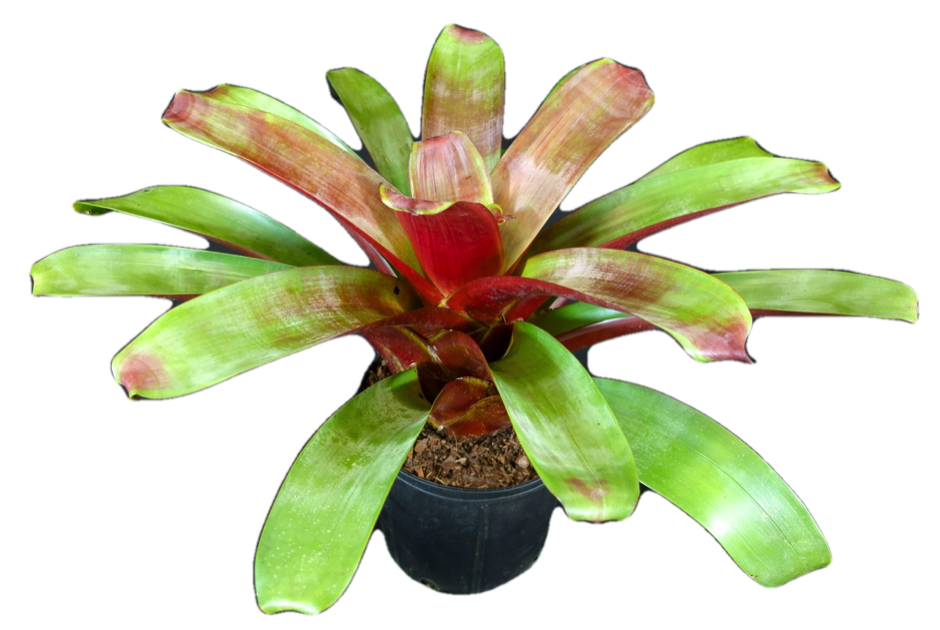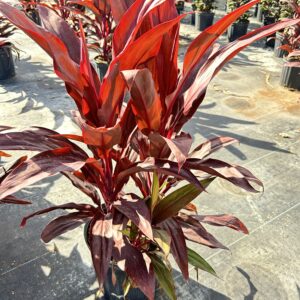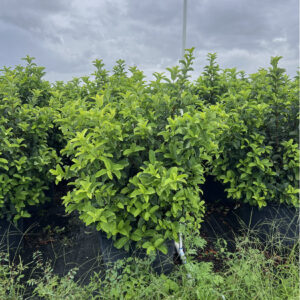Julietta Bromeliad
The Julietta bromeliad is a medium-sized plant with bright green leaves accented by vivid red or pink hues. It thrives in warm, humid climates (USDA Zones 10-11) and prefers bright, indirect light. Growing 12-18 inches tall, it requires well-draining soil and watering in its central cup. Ideal for adding color to tropical gardens or indoor displays, it produces pups after flowering for easy propagation.
$152.12
Availability: In stock
Related products
-
All Products
Auntie Lou Ti
$22.63 This product has multiple variants. The options may be chosen on the product page -
All Products
Viburnum Odoratissimum
$15.32 – $262.50 This product has multiple variants. The options may be chosen on the product page
The Julietta bromeliad is a vibrant and visually appealing variety known for its striking foliage and ease of care. Here’s a detailed overview:
Color
Foliage: The leaves of the Julietta bromeliad are typically a bright green with vivid red or pink accents, often concentrated in the center of the rosette. The contrasting colors create a dynamic and eye-catching display.
Flowers: This bromeliad produces a central inflorescence with small, colorful flowers that emerge from the center. The flowers are usually bright and can add an additional layer of color to the plant.
Climate
Temperature: Julietta bromeliads thrive in warm climates, with ideal temperatures ranging from 60°F to 80°F (15°C to 27°C). They should be protected from frost and cold temperatures, as they are not frost-tolerant.
Humidity: Prefers moderate to high humidity, making it well-suited for tropical and subtropical environments.
Size
Mature Size: The Julietta bromeliad is medium-sized, typically growing to about 12 to 18 inches (30-45 cm) in height and spread. This size makes it versatile for various planting situations.
Care
Light: Prefers bright, indirect light. While it can handle some direct sunlight, too much can cause the leaves to scorch or lose their vibrant coloration.
Watering: Water should be placed in the central cup formed by the leaves. The soil should be kept moist but well-drained. Avoid letting the plant sit in standing water to prevent root rot.
Soil: A well-draining potting mix, such as one designed for bromeliads or orchids, is ideal. Good aeration around the roots is important.
Fertilization: A diluted liquid fertilizer can be applied during the growing season. Fertilize sparingly to avoid overfeeding, which can harm the plant.
Hardiness Zone
USDA Zones: Julietta bromeliads are hardy in USDA Zones 10-11. In cooler climates, they can be grown indoors or in containers that can be moved inside during the winter.
Landscaping
Use: The Julietta bromeliad’s vibrant colors make it an excellent choice for adding a splash of color to tropical gardens, container arrangements, or indoor plant displays. Its medium size makes it versatile for various landscaping designs.
Companion Plants: Pairs well with other bromeliads, ferns, and tropical plants that thrive in similar conditions.
Additional Information
Propagation: Like other bromeliads, the Julietta produces pups after flowering. These can be separated and replanted to grow new plants.
Flowering: The plant will produce a central flower spike, and after flowering, the main plant will eventually die, but not before producing pups for propagation.
The Julietta bromeliad is celebrated for its bright, contrasting foliage and ease of care, making it a popular choice for adding visual interest to both indoor and outdoor spaces.
| Size | 10"inch |
|---|



